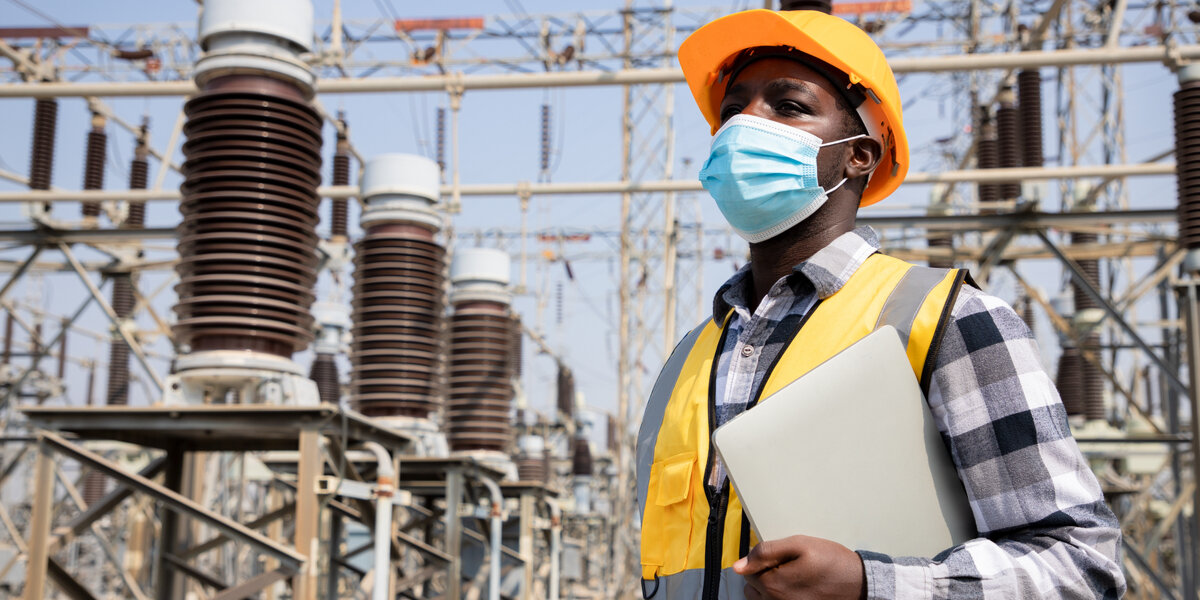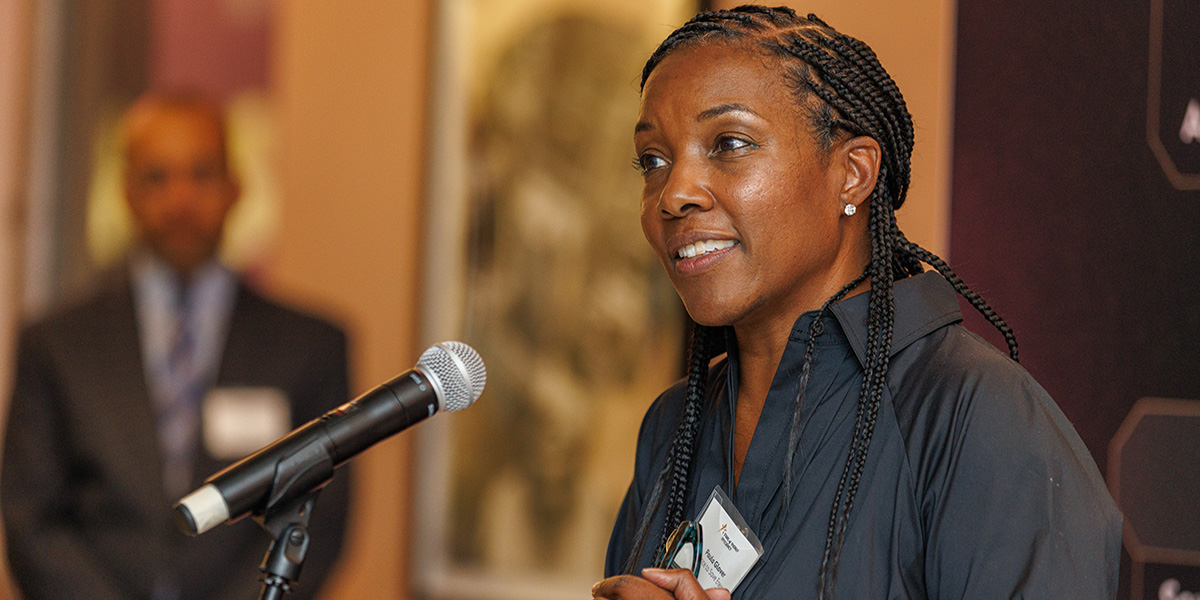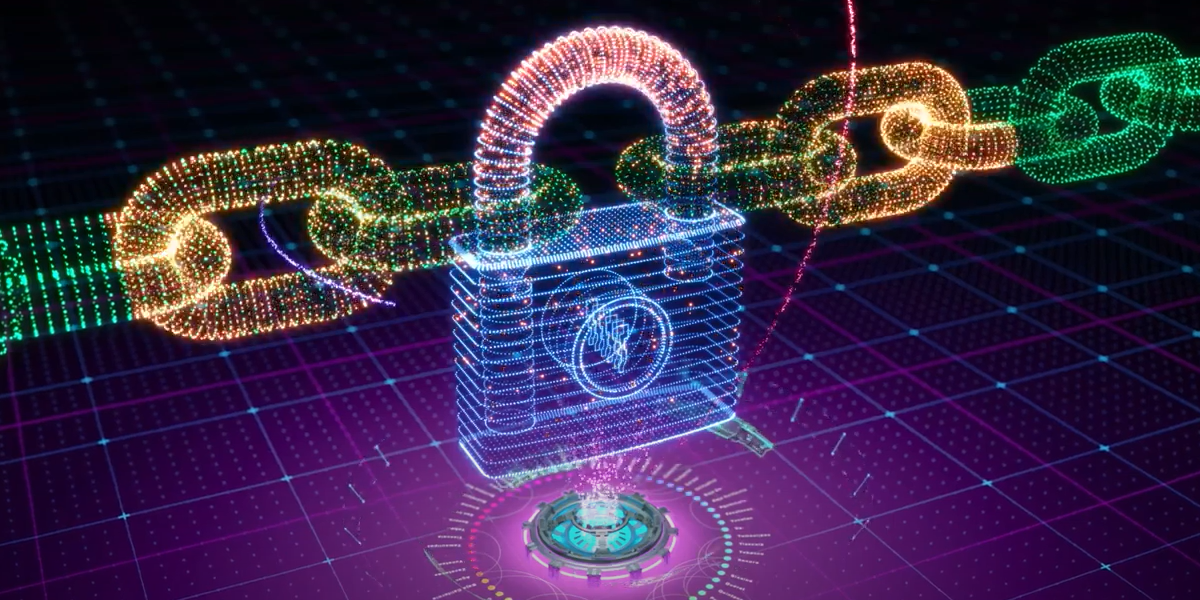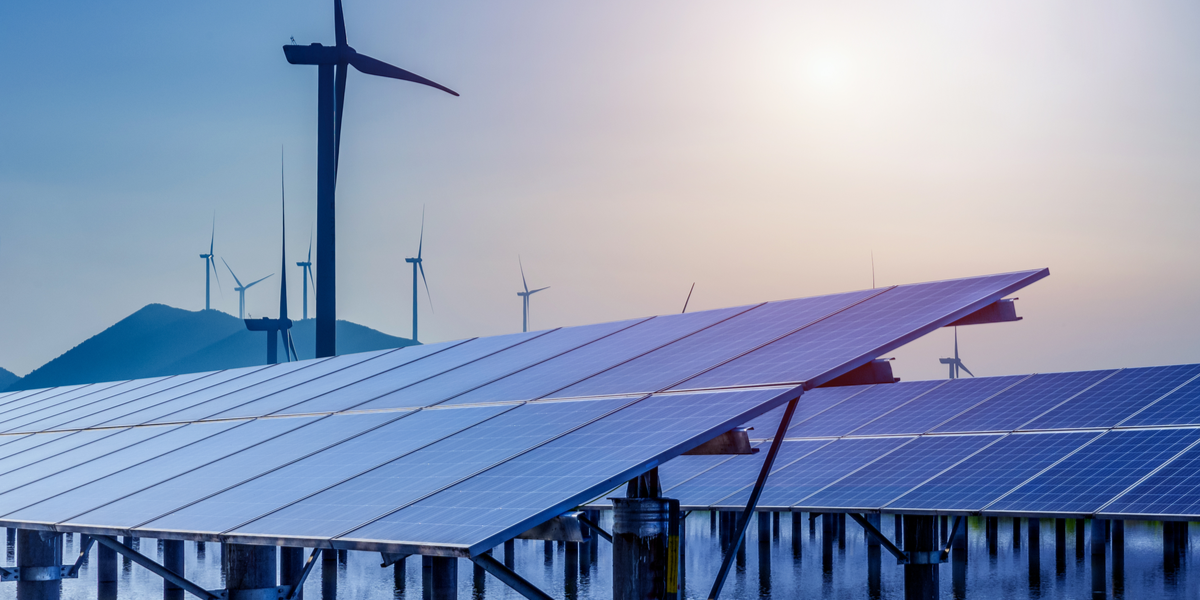The Energy Workforce of the Future
Let's Save Energy
Alliance to Save Energy's Blog
The Energy Workforce of the Future

In July, I wrote an op-ed for Canary Media sharing my concern about how economic recovery was unfolding in the U.S. for underserved communities – or excuse me, the lack of recovery. I pointed out that if Congress is going to move forward with massive investments in the future of energy in order to “Build Back Better,” then we better be sure that those investments and opportunities are reaching the people who need them the most. Now, a new report from E2, the Alliance to Save Energy, and other partners provides even more evidence of the need to actively work toward a more inclusive clean energy economy.
The report, “Help Wanted: Diversity in Clean Energy,” expands upon data from the Department of Energy’s 2021 U.S. Energy and Employment Report (USEER) to explore representation in the clean energy workforce. Energy efficiency is by far clean energy’s largest employer, with more than 2 million jobs in 99.8% of U.S. counties. The report’s main finding was already clear to anyone who has been in this business for as long as I have been: clean energy workers are overwhelmingly white and male. But the depth of data offers new insight into where our efforts need to be focused.
For one, of all racial and ethnic minorities, the report finds that Black Americans are the most poorly represented. Black workers make up just 8% of the clean energy labor force, compared with 13% of the nation’s total workforce. Additionally, there is an enormous gap for women in clean energy: women make up 27% of the clean energy workforce, compared to nearly 50% of the national workforce. Worryingly, this representation has actually dropped in recent years, down from 29% in 2017.
Improved representation of minorities and women is critical for all industries across the U.S. economy –not only is it the right thing to do, but it’s good for business: studies have found that companies in the top quartile for gender diversity are 15% more likely to outperform their competitors, while those in the top quartile for ethnic diversity outperform by a whopping 35%.
But representation is an even more pressing matter for the world of clean energy – especially energy efficiency. Why? Because this sector is set to soar. Prior to the pandemic, energy efficiency was adding more new jobs than any other energy sector, and while COVID-19 caused painful setbacks, the 2021 USEER estimated job growth of more than 10% this year. That’s 214,000 new jobs, or more jobs added than comprise the entire wind industry. We would be guaranteed to see even more impressive job growth with the energy efficiency investments Congress is considering now in its Build Back Better Act, such as expansions of energy efficiency tax incentives, investments in critical public facilities, and building out electric vehicle infrastructure.
Energy efficiency is poised to lead in economic opportunity as we make the necessary changes to our energy system to combat climate change. It’s therefore crucial to make sure that these opportunities are not exclusive, and that we target our training and recruitment efforts to make up the gaps in representation that the E2 report revealed. As I wrote in the op-ed for Canary Media, legislative efforts such as Rep. Bobby Rush’s (D-Ill.) Blue Collar to Green Collar Jobs Development Act will help us get there, and therefore must be passed alongside the Build Back Better Act.
Changes to our energy system are necessary for the environmental problems of the day. And this report clearly shows that we cannot miss this opportunity to make our industry and economy stronger by addressing the societal issues as well.
STAY EMPOWERED
Help the Alliance advocate for policies to use energy more efficiently – supporting job creation, reduced emissions, and lower costs. Contact your member of Congress.
Energy efficiency is smart, nonpartisan, and practical. So are we. Our strength comes from an unparalleled group of Alliance Associates working collaboratively under the Alliance umbrella to pave the way for energy efficiency gains.
The power of efficiency is in your hands. Supporting the Alliance means supporting a vision for using energy more productively to achieve economic growth, a cleaner environment, and greater energy security, affordability, and reliability.



